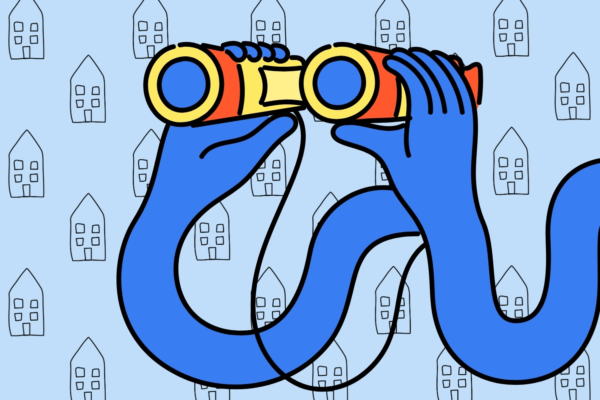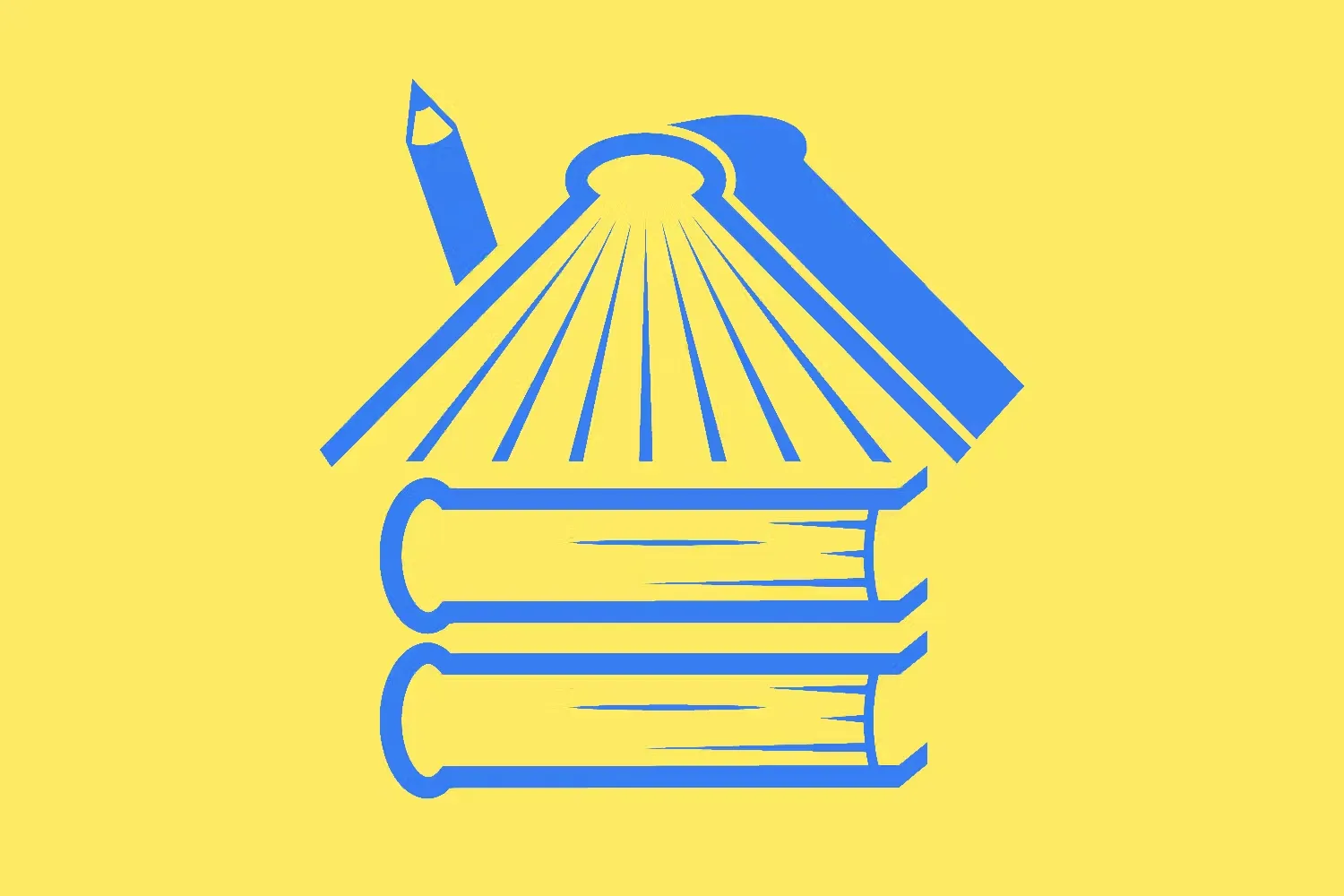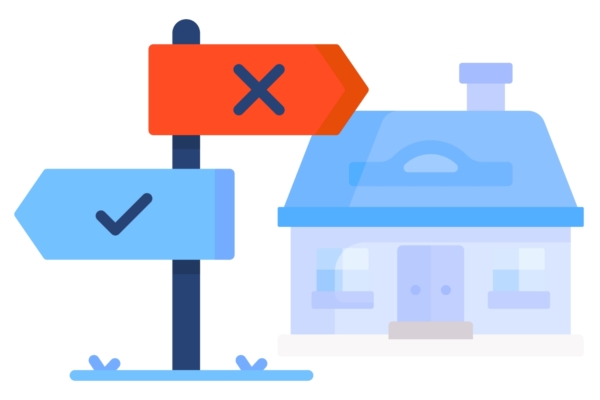
10 Mortgage Terms You Need to Know

If it’s your first time buying a home, it may seem like you have to learn a new language just to take out a mortgage. There are many mortgage terms that are unfamiliar—even to people who have been through the process before— but with a little research you’ll be able to speak the lingo, putting you in a good position to seek out and negotiate the best mortgage loan for you. Here we explain ten of the most common mortgage terms so that you can go into the homebuying process with confidence.
From Mortgages to Home Equity Loans
Our local, award-winning lending team is ready to help you begin today.
1. PITI
This is a term that gets bandied about quite often by mortgage lenders that can be extremely confusing to the uninitiated. Fortunately, this acronym can be easily explained, as it stands for Principal, Interest, Taxes, and Insurance. These are the four basic elements of a monthly mortgage payment.
2. Homeowner’s Insurance
Homeowner’s insurance pays for losses or damage to your property if something unexpected happens, like a fire, natural disaster, or theft. While homeowner’s insurance is not required by law in the state of Texas, if you still owe money on your home, your lender will most likely require you to have it.
3. Private Mortgage Insurance (PMI)
Private mortgage insurance or PMI is a type of insurance that mortgage lenders require if borrowers make a down payment on a home that is less than 20 percent of the home’s purchase price. Traditionally, mortgage lenders would require at least 20 percent of the purchase price for a down payment on conventional mortgages, but in recent years more options have become available that allow borrowers to make a smaller initial down payment. While this is great news for those struggling to pull together enough cash to purchase a home, it does increase the risk for the lender. PMI is designed to help the lender recoup their losses in the event that a homeowner is unable to make payments or defaults on their loan.
4. Origination Fee
Your lender will charge a set of fees for all of the things they do to process, approve, and fund your mortgage. One of those fees is the origination fee, which covers the administrative costs associated with processing your loan application and determining the risk involved in lending you money. Buyers typically pay this fee—which is typically between .5% and 1% of the loan amount—at closing to cover the cost of processing the loan and to help pay the mortgage loan originator for their work.
5. Fixed Rate Mortgage
With a fixed rate mortgage—as the name implies—the interest rate on the loan stays fixed for the entire loan term. This means your monthly mortgage payment will not fluctuate (aside from taxes and insurance) for however long your loan term is, whether that is 10, 15, or 30 years. Even if interest rates go up or down, your loan payment remains stable, allowing borrowers to pay less over time toward the interest costs and more toward the principal amount of their mortgage. This type of loan is great for homeowners who are buying when interest rates are low, planning on staying put for a few years, value predictability, and who don’t expect to make more money in the future.
6. Adjustable-Rate Mortgage (ARM)
An adjustable-rate mortgage (ARM), is a type of mortgage loan with an interest rate that can change over time. ARMs usually offer interest rates that start lower than fixed rate mortgages—making them a more desirable option as fixed rate mortgage rates have begun to climb higher. However, after an introductory period, the interest rate will fluctuate to reflect the current prevailing market interest rate. These types of mortgages are best for homeowners who are looking to buy a house when interest rates are high, who aren’t planning on staying in the home long term, or for those who are counting on higher incomes in the future.
7. Escrow Account
As a property owner, you’re responsible for paying property taxes and homeowners insurance in a timely manner. Your lender has a vested interest in ensuring these expenses get paid, so they’ll set up what is called an escrow account. Each month, your monthly loan payment will be calculated to include taxes and insurance, in addition to the principal and interest payments that go toward your mortgage loan. Your lender will deposit this money into your escrow account for safekeeping until it’s time to pay those bills.
8. FHA Loan
Federal Housing Administration (FHA) loans are one of the most popular government sponsored mortgages. FHA loans are intended to help Americans afford homes who otherwise might be priced out of the housing market. These types of mortgage loans are targeted toward first time homebuyers, as well as buyers those with low incomes or little savings.
9. USDA Loan
The United States Department of Agriculture (USDA) also provides loans for low- to moderate-income buyers who are interested in purchasing a home in rural and smaller suburban areas. These buyers must also meet certain income requirements to qualify. USDA loans also don’t require borrowers to provide a down payment or pay mortgage insurance, but they do have to pay an upfront fee of 1.00%.
10. Veterans Loan
Also known as VA loans, veterans loans are government-backed mortgages that often don’t require a down payment or mortgage insurance despite a lower down payment. However, they do require a funding fee that can cost you anywhere from 1.25% to 2.4% of the total loan amount. As you might guess, these loans are only available to members of the military and their families.
Know Your Terms, Buy with Confidence
Making sense of the jargon surrounding a home purchase doesn’t need to be overwhelming. With a basic grasp of common mortgage terms, you can enter the homebuying process with confidence, and find the mortgage that works best for you and your family. Looking for more guidance? Check out our Resources for First-Time Homebuyers!
Ready to get prequalified?
Apply today and start your journey toward your new home.




